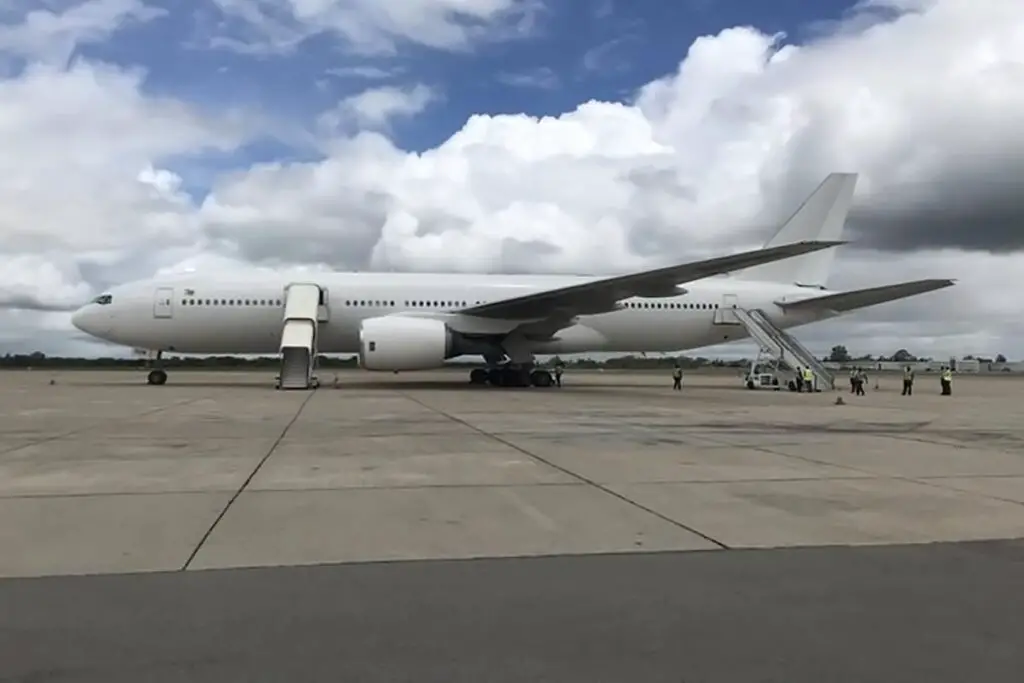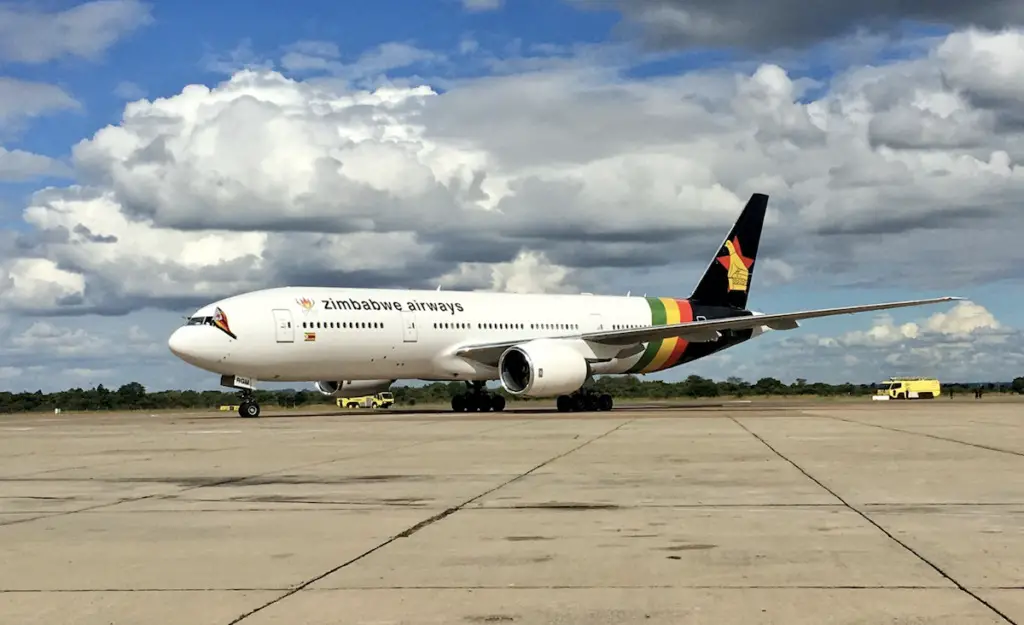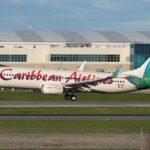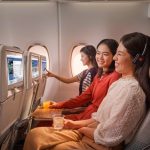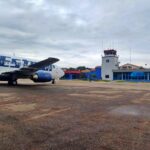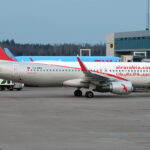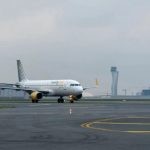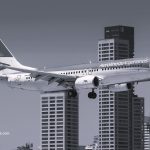Air Zimbabwe does not want to be related with its two infamous Boeing 777-200s anymore. The latest news is that the company is even willing to convert them to freighters, according to its acting CEO Tafadzwa Zaza.
«We are not in a position to operate them before we consolidate nationally or regionally. So, as a short-term plan, we want to lease these aircraft as wet-lease or dry-lease and have invited investors interested in them. The long-term plan is to convert one or both of them into freighters,» he told the state-run Sunday News newspaper.
In total, there are two Boeing 777-200ERs, which have been idled in Harare since the end of 2020. They carry the markings Z-NBE (msn 28422) and Z-RGM (msn 28421) and are configured in a two-class layout with 247 seats in economy and 35 in business class, as reported by our partner media in Brazil, Aeroin.
The history of these Boeing 777s
In 2016, state-owned Air Zimbabwe had debts of more than $300 million and had been dragging losses for years. So, at that point, the country’s government did what any «rational» government would do: it threw the debt under the rug, opened another airline and announced that it would buy, right off the bat, four Boeing 777-200s.
Goodbye Air Zimbabwe, welcome to Zimbabwe Airways. What could go wrong? Everything. First, a government that makes this decision loses credibility. And, as a result, the airline would have to pay cash for its planes.
This didn’t seem to be a problem. According to ZimLive, at the time President and dictator Robert Mugabe personally negotiated the purchase of the four twin-engines, which had been retired by Malaysia Airlines in 2016.
The triumphant arrival of the first 777
However, a military coup in 2017 ousted Mugabe and put the delivery of the aircraft on hold. But that was short-lived. Somehow inexplicably and without warning, one of the 777s showed up in Harare in early 2018, already painted in the Zimbabwe Airways scheme.
At the time, the government seemed to want to enhance the company’s reputation and give it access to new markets. The claim was that the new airline had nothing to do with dictator Robert Mugabe and his family, but was independently run.
As it turns out, when the first plane arrived, there was a surprise: it was «coincidentally» registered as Z-RGM, the exact initials of Robert Gabriel Mugabe, even his son-in-law triumphantly exited the plane wearing a captain’s uniform, although it is not known if he is actually a pilot.
The situation would be strange enough on its own, until in May of that same year, a company spokesman issued a statement regretting that the company could not fly the plane. The reason: hiring pilots cost too much money and there were not enough passengers to justify the investment.
After all these disputes, and months of being stranded in Harare, the plane was finally returned to Malaysia. But this is not the end of the story.
The financial issue
Since the fall of Robert Mugabe, current President Emmerson Mnangagwa says he is committed to demanding greater transparency from government agencies, including unraveling the financial scandals of the past three decades.
A July 2019 audit revealed that the Reserve Bank of Zimbabwe disbursed an amount of $51 million to Malaysia Airlines as part of a deal to buy two Boeing 777-200s without having the necessary approvals.
It turns out that Zimbabwe may have paid much more than that, or else some of the money simply disappeared while the deal was closing. News24 reported that in this deal $140 million «could not be accounted for» and simply disappeared, prompting an investigation by the acting president, which is not yet concluded.
We hate you, but please come back
In another twist, Emmerson Mnangagwa’s government decided it no longer wanted Zimbabwe Airways, run by Mugabe’s son-in-law Simba Chikore (the same one who arrived dressed as a commander when the 777 arrived), so it decided to transfer its assets – including aircraft – to Air Zimbabwe. Yes, the same company that had been closed, with more than 300 million dollars of accumulated debt.
The government’s promise is to regularize Air Zimbabwe’s situation and restore institutional confidence. Among the next missions is the return of the company into IATA, following all safety standards.
In addition, the government decided that it was time to revive the golden days of the local flag carrier and asked them to bring back the two Boeing 777s: after all, they were already paid for, despite the controversial disbursement and an investigation is ongoing.
Also, Robert Mugabe was ousted from power on charges of corruption, plunging the country into poverty, as well as being accused of crimes against humanity such as genocide and persecution of local populations.
And evidently the dictator’s name is omnipresent in the African country: Despite all the efforts of the new government to eliminate the Zimbabwe Airways paint scheme, the plane arrived with the registration Z-RGM. At Robert Gabriel Mugabe International Airport.
